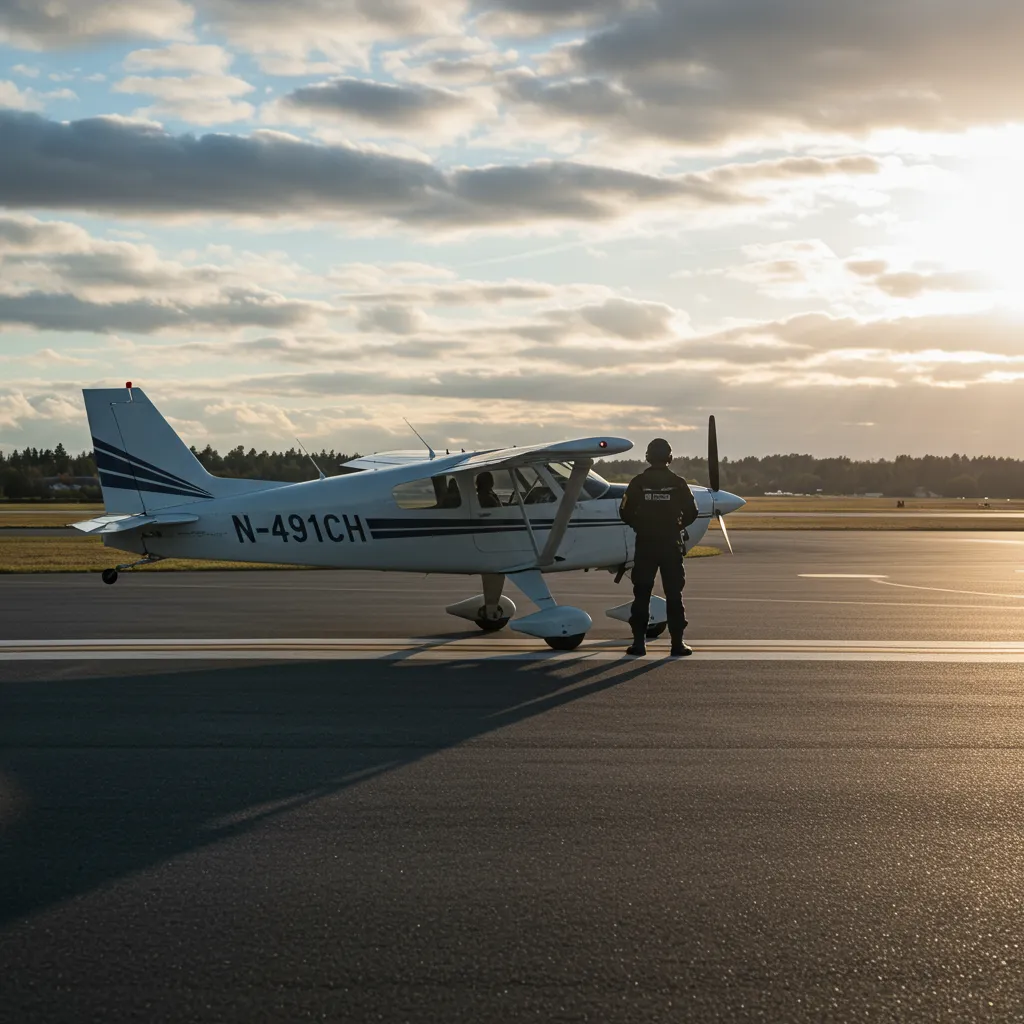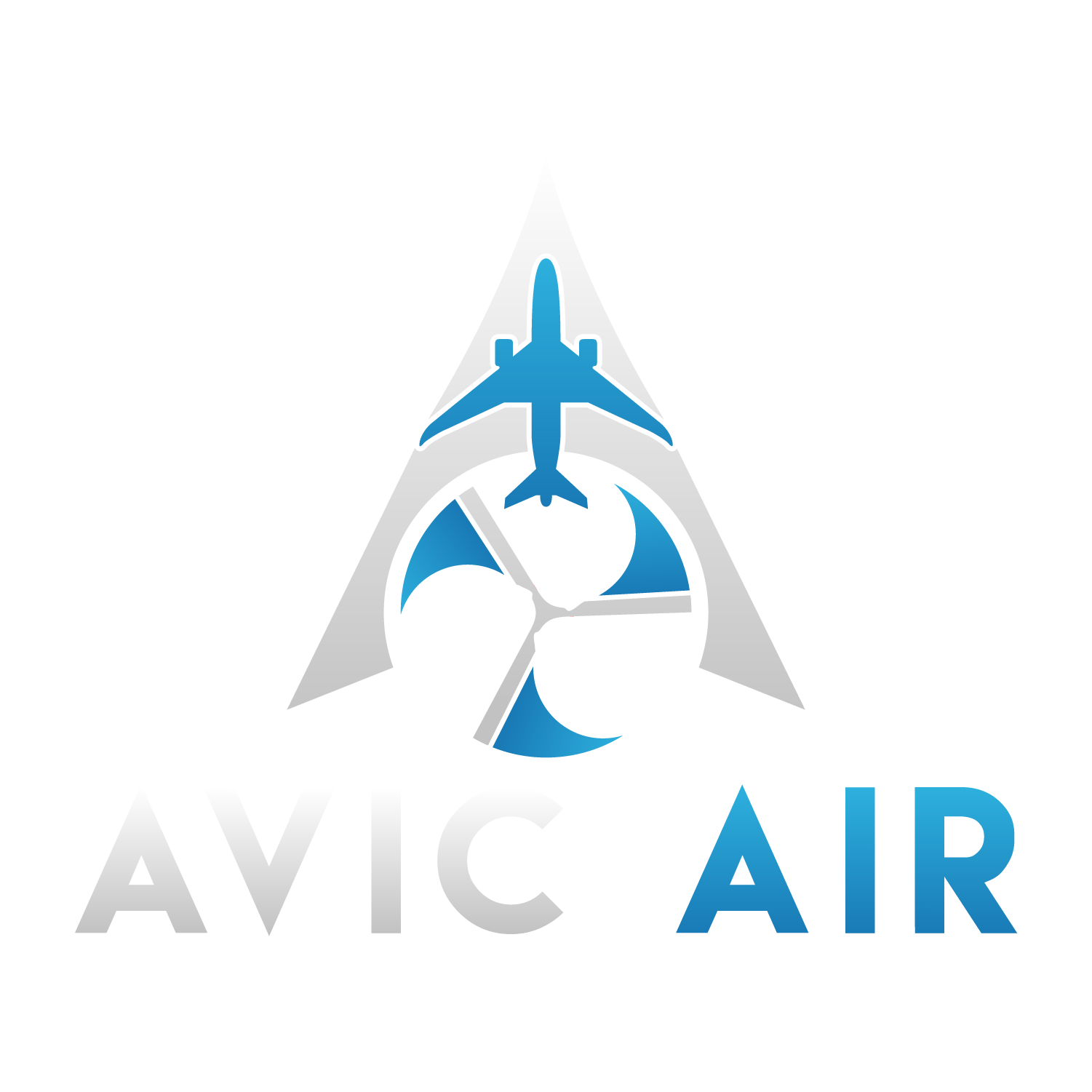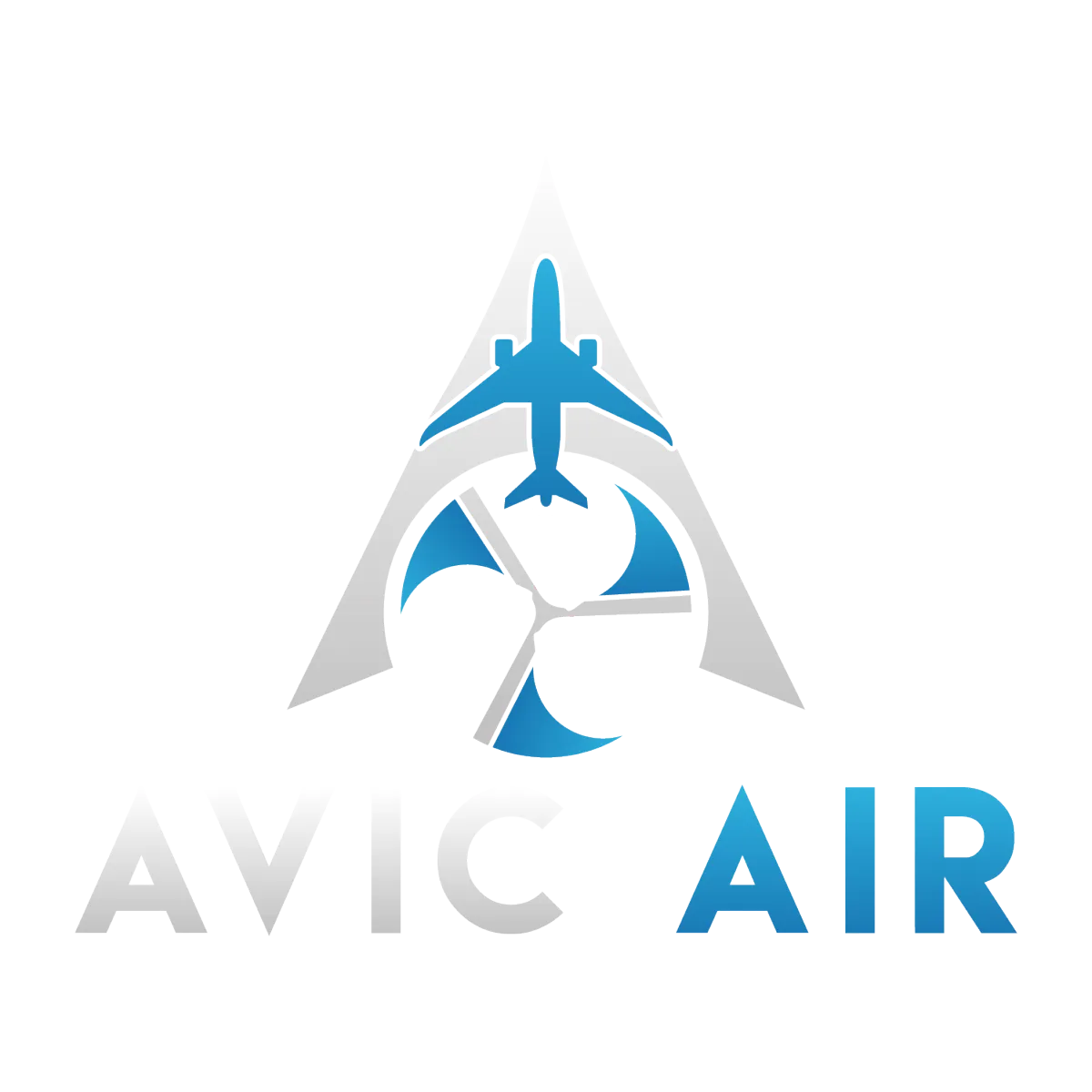Innovative Ideas and Strategies for Aeronautical Success
Aviation Career

Charting Your Flight Path: Long-Term Career Considerations for Aspiring Pilots
When you first strap into a cockpit as a fledgling aviator, the horizon feels limitless. Yet the routes you choose early in your career — even before you log 1,000 hours — can shape everything from income potential to work–life balance decades down the road. Before you commit to a single direction, it’s worth asking: What kind of flying do I want to do? Who do I want to fly for? And what kind of lifestyle fits my goals?
This article breaks down the three major categories of civilian pilot careers — Part 91 corporate/charter, Part 91K fractional/contract, and Part 121 airline/cargo — comparing pay, schedules, aircraft, contracts, lifestyle, and, critically, how each reacts to aviation’s underlying capital intensity and economic cycles.
1. Part 91 Corporate and Charter Flying
Aircraft, Missions, and Lifestyle
Corporate pilots fly everything from light Cessna Citations and Embraer Phenoms to long-range Gulfstreams and Bombardier Globals. Operations are tailored to one owner or company; you might fly executives to client meetings, reposition empty legs, or support ad hoc charter trips.
Schedules depend entirely on the owner’s needs. A stable corporate flight department might post monthly calendars, while smaller operations can call you at 9 p.m. for a 6 a.m. departure. Home-time varies from near-daily returns to weeks abroad. The appeal is personalization and variety; the drawback is unpredictability.
Pay and Contracts
Compensation varies enormously. Light-jet first officers might earn $70,000–$90,000; large-cabin captains can exceed $180,000 with benefits and bonuses (Pilot Job Central, 2025). Some operators pay strictly salaried; others add daily or per-diem bonuses. Because few corporate jobs are unionized, your employment contract is everything — defining duty days, on-call pay, and training obligations.
Stability and Capital Exposure
Corporate aviation lives and dies on discretionary capital. Aircraft are depreciating multimillion-dollar assets, and when corporate profits shrink, private-jet budgets are often first to be cut. If a CEO sells the jet or restructures, the entire flight department can disappear overnight.
In this environment, pilots are directly tied to a single owner’s capital appetite. Even well-paid captains can find themselves job-hunting after a merger or market downturn. The key defense is to work for diversified, well-capitalized firms and ensure your contract includes severance or transition protections.
2. Part 91K Fractional and Contract Programs
How It Works
Fractional ownership operators like NetJets, Flexjet, PlaneSense, and others blend business-jet luxury with airline-style scheduling. Customers buy shares in aircraft fleets, and pilots fly those aircraft under company dispatch. Operations straddle Parts 91, 91K, and 135, giving pilots a structured, quasi-airline experience.
Pay, Contracts, and Lifestyle
Fractional pilots typically enjoy more predictable schedules than pure corporate peers — rotations such as “7 on / 7 off” or “8 on / 6 off” are common. Compensation reflects higher utilization: $175,000–$375,000 for mid to large cabin jet captains, plus per-diems, profit-sharing, and strong benefits packages.
These pilots operate several legs per day, reposition frequently, and spend roughly half their nights away from home. Because operators manage entire fleets, type ratings and equipment upgrades are more systematic.
Stability and Capital Exposure
Fractional operators sit mid-way on the stability spectrum. On one hand, they spread the enormous fixed costs of aircraft ownership across many shareholders, reducing exposure to a single client’s decisions. On the other hand, the business model depends on steady high utilization to cover financing, maintenance, and insurance — all intensely capital-driven expenses.
When the economy slows, fractional companies can face owner cancellations or reduced flying demand. To offset idle assets, they may furlough crews or adjust schedules. Pilots here are somewhat shielded by fleet scale and long-term contracts but remain subject to the same cyclical winds that buffet the wider private-aviation market.
3. Part 121 Airline and Cargo Flying
Aircraft, Missions, and Structure
Airline and cargo pilots operate under Part 121, the most regulated and structured environment in civil aviation. You might fly a regional Embraer 175, a Boeing 737 MAX, or a long-haul 787. The schedule is published, pairings are bid via seniority, and rest rules are codified in federal law.
Early in your career you’ll serve reserve duty — on-call with little notice — but senior pilots can bid for specific routes, holidays, and layovers. Cargo carriers often run night operations, while passenger airlines mix day and overnight segments.
Pay and Contracts
Airline pay is defined by collective bargaining agreements. Many sources will tell you that First officers at regionals may start near $70,000–$90,000; mainline captains often exceed $250,000, with some wide-body captains surpassing $350,000. Once again though these numbers are often times derived from an airlines pay rate multiplied by 1,000. Hourly “block pay” is augmented by minimum-guarantee credits, per diems, and profit sharing. Seniority ensures raises and job protection. While I am not saying these basic numbers are inaccurate, there are many airline pilots far exceeding and potentially even doubling these numbers by understanding and leveraging their company contract and work rules. In fact, there is a great forum thread put together every year where hundreds of pilots from all different airlines post their end of year total compensation, block hours flown, credit hours, days away from home, etc. So if you want to get a good guage on what pilots are actually making out on the line and what is possible this can be a great source of information. Therefore I have hyperlinked the most recent 2024 thread below:
https://www.airlinepilotforums.com/major/148733-end-2024-salary-survey.html
Stability and Capital Exposure
Airlines are among the most capital-intensive enterprises on Earth. Each aircraft can cost $50–$150 million; maintenance, leases, and fuel comprise huge fixed obligations. Because margins are thin, small economic shocks — oil spikes, pandemics, wars — can cascade into furloughs and bankruptcies.
However, scale and regulation create buffers. Part 121 carriers operate within union frameworks, bankruptcy protections, and government oversight. Even when airlines restructure, senior pilots often retain recall rights. Cargo carriers tied to global logistics contracts (FedEx, UPS, Atlas) can even boom during recessions. Thus, while cyclical, 121 flying generally provides the strongest long-term job security once you reach a major carrier.
Comparative Overview
Part 91 Corporate / Charter
Flexible schedules; close relationship with executives; diverse missions; potential high-end equipment
Employment tied to single owner’s finances; aircraft often first cost-cut in downturns; few union protections
Part 91K Fractional / Contract
Predictable rotations; strong benefits; fleetwide training; gateway to airlines
Utilization-driven business model vulnerable to recessions; schedule intensity; moderate job security
Part 121 Commercial / Cargo
Union contracts; defined progression; high top-end pay; regulated rest and pay guarantees
Highly cyclical; seniority resets if furloughed and rehired; long time away from home early in career
Understanding How Capital Intensity Fuels Instability
Aviation’s beauty and volatility spring from the same source: it’s capital-heavy and margin-thin. Every aircraft represents a mountain of fixed costs — acquisition, maintenance, insurance, hangar space, and financing. When those costs collide with variable demand (fuel prices, economic cycles, business travel budgets), instability ripples outward differently across pilot career tracks:
Corporate/Part 91: A single balance sheet bears all costs. When that CFO trims expenses, the jet — and its crew — can vanish overnight.
Fractional/Part 91K: Capital is distributed, but utilization is king. Idle aircraft bleed money; cutting schedules preserves solvency but sidelines pilots.
Part 121 Airlines: Gigantic fleets mean diversified risk, yet any shock to ticket demand or cargo volumes quickly forces capacity adjustments. Pilots are protected by unions, but hiring freezes or furloughs remain periodic facts of life.
In every segment, capital intensity magnifies volatility. The greater the fixed cost base, the sharper the reaction when revenue dips.
Beyond Hourly Pay: The Real Economics of Flying
While pay rates grab headlines, pilot earnings are bound more tightly to work-rule efficiency than hourly wages. Under FAA and contractual limits — 1,000 flight hours per year for Part 121, or duty-day caps under 117 — your annual income depends on how much of that legal limit your employer can actually schedule. Generous “minimum guarantees” and deadhead pay provisions can make one contract twice as lucrative as another with the same hourly rate.
Understanding these nuances — and reading every line of your contract — is as vital as knowing your approach minima.
Final Approach: Research Before Rotation
Flying airplanes remains one of the most extraordinary professions in existence. You command millions of dollars’ worth of machinery, traverse continents, and earn a living doing something few people ever experience. Yet the same capital intensity that makes aviation awe-inspiring also makes it ruthless: aircraft are expensive, margins are thin, and pilots sit at the intersection of both.
For that reason, young aviators must do their homework early. Talk with mentors, scour sources like Visual Approach, Climbto350, Cirium,View From the Wing, and of course utilize the community here atAVIC,and compare not just pay scales but business models. Ask yourself where you’ll stand when the next downturn hits — because it will.
The most successful pilots aren’t simply good stick-and-rudder professionals; they’re strategic navigators of an industry that rewards foresight. Choose the path that aligns with your lifestyle, financial goals, and tolerance for turbulence — both literal and economic.
Because in aviation, as in flight, stability is never guaranteed — it must be planned for. Whether you’re pursuing your first airline job or your next command upgrade, AVIC’s interview and career coaching services can help you get there. Book your session today and start flying towards your goals.
STAY BRIEFED
Sign up to be the first to find out when something new lands:
-Events
-Articles
-Podcast
-Courses
Large Call to Action Headline
A-V-I-C stands for Aviation Intelligence Community. Our mission is to improve the quality of life for aviators through shared experience. Be sure to join us on the social media sites @avicair, we love sharing ideas, experience, and intelligence to propel our industry forward.



Facebook
Instagram
X
LinkedIn
Youtube